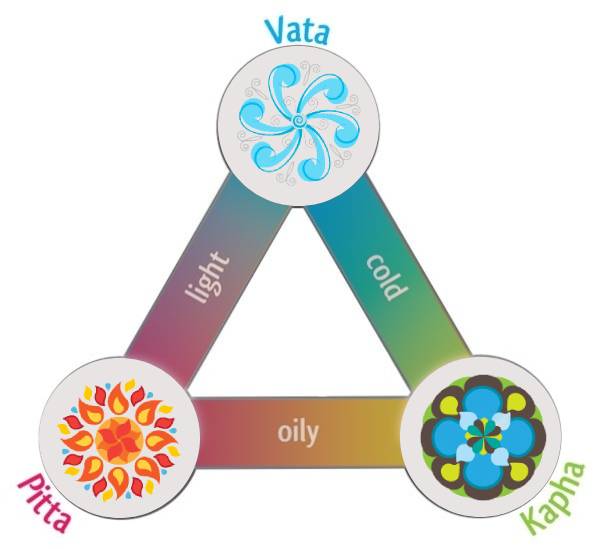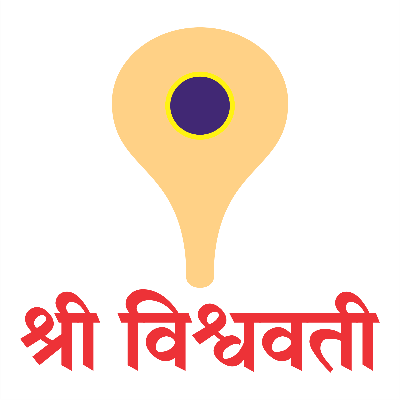
What is Ayurveda?
AYURVEDA – Ayurved is more than 5,000 years old. “Ayur” means life and “Ved” means
knowledge. This holistic science is the knowledge of complete balance of the Body, Mind and spirit, including the emotions and psychology, on all levels. It includes in its consideration, longevity, rejuvenation and self-realization
therapies through herbs, diet, exercise, yoga, massage, and meditation. Ayurveda treats illness at its source, rather than at the level of symptoms, and helps an in individual to take responsibility for their own health
and well-being.
The Vedas are texts of hymns and collections of experiences of the sages and other wise men of yore. The four main branches of the Vedas are: the Rig Veda, consisting mainly of hymns; the Yajur Veda, consisting of procedures for various sacrifices; the Sama Veda, with Rig Vedic hymns set to tune, and the Atharva Veda, dealing with the healing arts.
Ayurveda is an offshoot or an accessory of the Atharva Veda, which deals with the curative aspect, or the white magic section of the Veda. Ayurveda, essentially being the science of life, considers the treatment of diseases as an important branch, since health has to be restored and maintained. However, Atharva Veda makes references to other Vedas about treatment. Ayurveda has incorporated the use of natural substances such as herbs, roots, leaves, and stems, thus bringing forth this science of medicine. These combinations of herbs and other ingredients were used not only for curative purposes but also for the prevention of diseases as well as the maintenance of optimum health.
In the post-Vedic period, Ayurvedic medical practitioners developed eight specialized branches:
• Internal Medicine (कायचिकित्सा)
• General Surgery (शल्यतंत्र)
• Treatment of diseases of the Head and Neck (शालाक्यतंत्र)
• Pediatrics (बालरोग)
• Toxicology (विषतंत्र)
• Science of Aphrodisiacs (वाजीकरण)
• Science of Rejuvenation (रसायन)
• Psychiatry (including the treatment of diseases caused by evil spirits)
Charaka and Sushruta were the earliest medical practitioners. The medical manuals that these two great men produced are still followed as texts by those who are training in the field of Ayurvedic medicine. Ayurveda is much more than a medical system. It is really a state of mind. It is universal art of healing, which has survived even some of the strongest social revolutions and cultural changes.
During the medieval period rasa sastra (chemistry) became an important part of Ayurvedic treatment. During foreign invasions and internal fights, many original Ayurvedic works were destroyed.
Tridosha theory in Ayurvedic treatment explains physiology of the human body and provides the foundation of Ayurvedic medicine on which prevention and healing of all diseases are firmly based – for the benefit of mankind. The Tridoshas of the Ayurvedic system have very little in common with the theory of humors in the West.
Tridoshas
Ayurveda is based on the three doshas, which are invisible forces of nature. They are manifested in living beings as different characteristics. The three doshas are vata, pitta and kapha. These three doshas do not belong on the physical plane though they help to keep the balance of the body.


Diagnosis
According to Ayurveda, health is a state of balance among the three humours (doshas) and also body, mind, and soul should be in a natural state. So the physician emphasizes a regimen of diet with the use of appropriate drugs. The age of the patient, the climate in which he lives, his cultural and social surroundings, and his bodily constitution need to be taken into account before offering a prognosis. Touch, inspection, and interrogation are the main tools of diagnosis. In Ayurvedic treatment the diagnosis is more subjective than objective. But the comprehensiveness of the examination offsets any deficiencies because of the subjectivity of the diagnosis.
